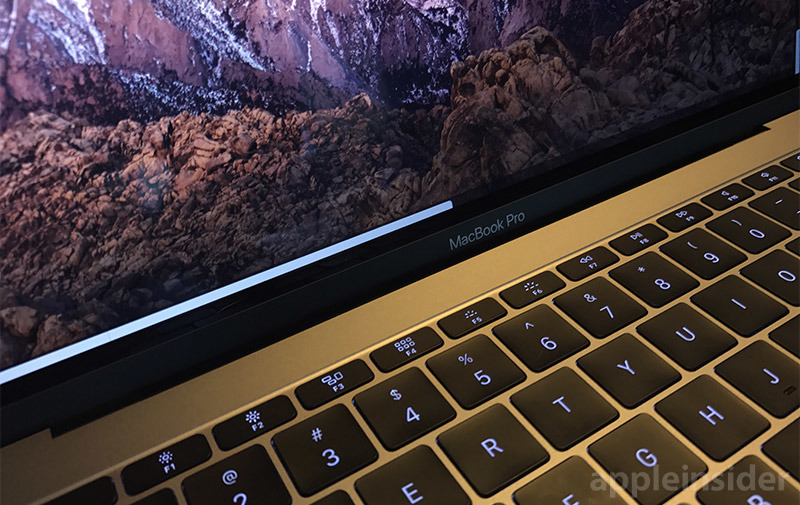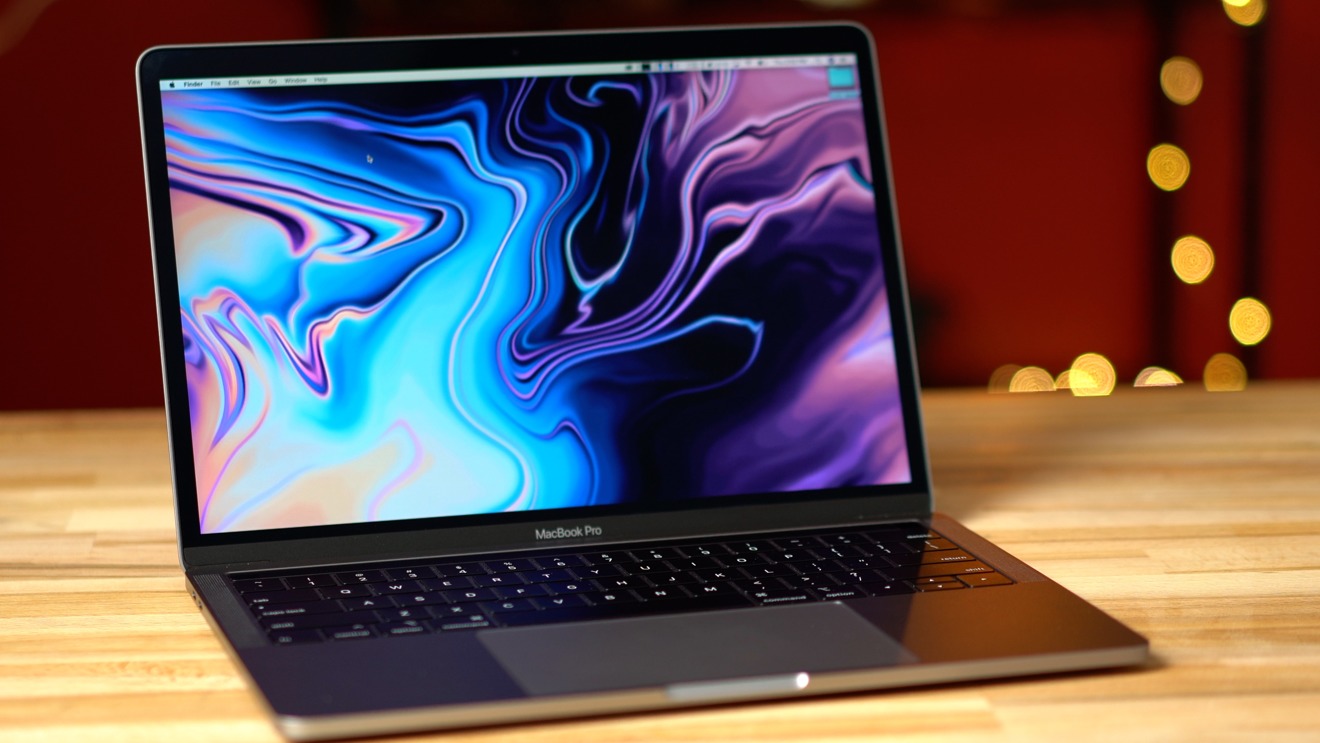


MagSafe also provided users with a nice little LED indicator to let you know if the MacBook was charging or when it was fully charged. The most obvious downside is that tripping over your MacBook’s charging cable is now a much more concerning matter, as the cable will no longer easily detach like it does with MagSafe.

USB-C is also bidirectional, meaning that it can both send and receive power over the same port, and you can use either of the machine’s two USB-C ports to charge your MacBook Pro.īut there are some downsides associated with eliminating the dedicated MagSafe connector. USB-C is capable of delivering power up to 100 Watts, which is more than enough for the 61 Watt adapter included with the 13-inch MacBook Pro. Unfortunately, the extension cable is no longer bundled in the box, which means you’ll need to buy it separately, if needed. Like the power adapter supplied with other MacBooks, it features a detachable plug for adding a Power Adapter Extension Cable. The power adapter features a USB-C port for connecting the included 2-meter USB-C cable. Along with providing connections to peripherals, the USB-C ports can also be used to power and recharge the MacBook Pro’s battery.Īpple includes a 61 Watt USB-C power adapter with its entry-level 13-inch MacBook Pro. How do you charge a MacBook Pro when it has no MagSafe connector? The answer: USB-C. The most conspicuous difference between this year’s MacBook Pro charger and the previous generation charger is the lack of MagSafe - the handy magnetic connector that helped prevent accidental tripping hazards. This ultimately affords a much more premium look and feel when the lid is closed. You’ll no longer find a plastic mesh point on the rear of the hinge, as it’s now aluminum just like the 12-inch MacBook. The bezels surrounding the screen and the keyboard are now smaller as well, which allows the notebook to have a smaller form factor while retaining the same screen size and full-sized keyboard.Īnother big difference has to do with the hinge that supports the screen. It’s also half a pound lighter than the last generation model. It’s thinner, and takes up less horizontal and vertical real estate. The updated MacBook Pro is like a mesh between the 12-inch Retina MacBook and the previous MacBook Pro.Īlthough it avoids going the tapered route, the device’s chassis is smaller than its predecessor in all facets. The most striking difference between the previous 13-inch MacBook Pro and the Late 2016 model is the styling and build.
#LATE 2016 MACBOOK PRO REVIEW MAC#
Subscribe to 9to5Mac’s YouTube channel for more Mac videos Chassis If you tend to be hard on your gear, and such a phenomenon concerns you, then it might be best to stick to the silver model, although it’s possible that Apple could have remedied this issue by now. It’s worth mentioning that the anodized color on the original Space Gray 12-inch MacBook had a tendency to wear with usage, which reveals the natural silver aluminum color that resides underneath. Sure, Space Gray seems to be a thing of the past as far as iPhones are concerned, but at this point I’m just happy to have another color option available in the Pro line. New Space Gray colorįor the very first time, the MacBook Pro is offered in a color other than silver. Have a look at our hands-on video walkthrough as we step you through many of the changes and features, and tell you who might be wise to consider this machine. Despite its lack of Apple’s flagship Touch Bar and Touch ID features, there’s a whole lot that’s changed with the Late 2016 MacBook Pro refresh. While we wait for the so-called real MacBook Pro to arrive, we wanted to take some time to explore the entry level 13-inch model that’s already available in stores.


 0 kommentar(er)
0 kommentar(er)
